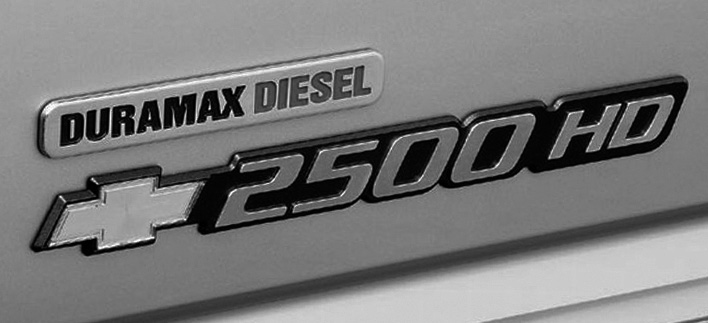[vimeo id=”Enter video ID (eg. 10145153)” width=”600″ height=”350″]


Generally, most owners and service techs are well aware of the importance of keeping a clean fuel system by running clean, high quality fuel, lubricity additives, and routine fuel filter changes along with all other required maintenance.
When problems do arise from the fuel system, the first method of diagnosis is often a balance rate test. There are a lot of questions we get about balance rates and we would like to help clarify what they do and don’t do in terms of diagnosing the fuel system, specifically the fuel injectors.
Balance rates are measurements that the engine control module uses to keep the injectors firing smoothly, making a more efficient and quiet running engine. Injector balance rates are only measured while the truck is in neutral, or in drive with the foot on the brake.
Unfortunately, balance rates are not measured when the engine is being fueled beyond idle pressures. No balance rate measurements are taken from the ECM under any other conditions therefore leaving a large spectrum of potential data off the table for analysis. In addition, the balance rate does not measure:
- Back leakage/return flow
- Solenoid response time
- Reveal external leakage issues (common on LB7 engines)
These are all critical factors to the performance of the injectors and overall engine.
For the ECM to measure a balance rate, it takes in account the fuel rate from the fuel pump and is used to factor how far off each injector is from the average flow of fuel.
Essentially, this is all the balance rate is measuring. When viewing the rates, a cylinder with (+) means that its injector is using more fuel than the average fuel rate and a (-) translates to less fuel. GM states that balance rates should be no more than plus or minus 4 (+4/-4) in park at operating temperature. Unfortunately balance rates do not always provide a 100% accurate diagnosis of the injector’s performance due to numerous variables present in the engine. Cylinder compression, friction, fuel rail pressure, and the fuel pressure regulator are variables that can greatly manipulate the balance rate test.
Checking balance rates is the best place to start when diagnosing a troublesome fuel system, but it is definitely not the absolute answer. With a balance rate test, you are not getting the complete injector analysis. A balance rate shows a small fraction of available diagnostics compared to a common rail injector bench test.
The only way to eliminate the variables present in the vehicle and identify if an injector is running at factory specifications, is to remove the injector from the engine, clean, flush and test it on a properly programmed test stand. This process allows every component of the injector to be tested under simulated engine conditions.
It is important that injectors are tested at normal operating temperature, from low idle pressures all the way up to full load pressures (as much as 29,000 psi). These tests measure injector delivery, return flow and response time, as well as leakage and spray pattern.
At InjectorsDirect.com, we test all of our injectors using the highest standards, and we back them up with an unbeatable warranty.
To learn more about balance rates, and the types of injectors we offer, please feel free to email us or call us directly at the shop (1-800-500-0980), and we’d be happy to discuss in more detail or help you identify what injectors you need to get your truck back on the road again.






